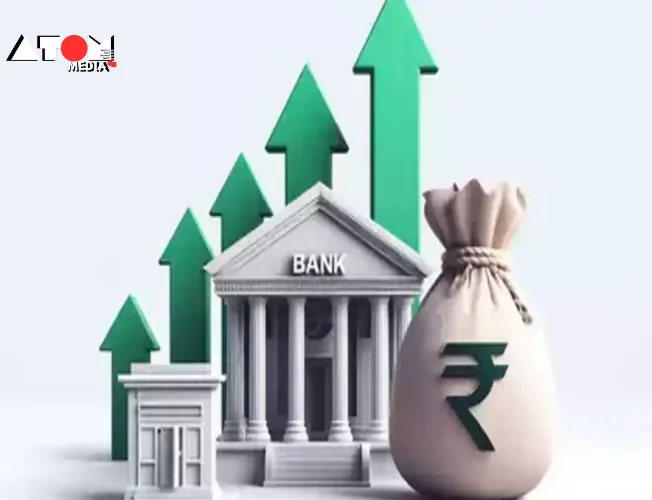Facing increased defaults in personal loans, credit cards, and microfinance portfolios, Indian banks are now taking a cautious approach to unsecured lending. This shift marks a growing emphasis on high credit scores, vigilant monitoring, and strategic adjustments in loan-to-value (LTV) ratios to protect against potential losses.
A Higher Threshold for Credit Scores
Previously, banks were comfortable extending loans to customers with credit scores of 720 or above. However, as defaults have risen, many lenders are raising the bar, now favoring applicants with scores exceeding 750. This heightened threshold reflects banks’ desire to mitigate risk and maintain portfolio stability. In a market where creditworthiness has become paramount, borrowers are encouraged to improve their credit scores to qualify for favorable loan terms.
Close Monitoring and Early Recovery Initiatives
Banks are also keeping a keen eye on days past due (DPD) for unsecured loans. Collection mechanisms are activated as early as day zero in an effort to curtail overdue payments before they escalate. This approach underscores lenders’ proactive stance on loan recovery, aiming to detect and address issues at the earliest signs of financial distress.
Cutting Back on Credit Card Limits and Pre-Approved Loans
As defaults continue to pose challenges, banks are implementing restrictive measures on unsecured credit products. Many institutions are reducing credit card limits and limiting access to pre-approved personal loans, which have historically contributed to portfolio growth but are now viewed as high-risk segments. This recalibration allows banks to prioritize risk management over expansion in light of shifting economic conditions.
Reduced Loan-to-Value Ratios on Mortgage Loans
In response to growing concerns around unsecured lending, some banks are revising their LTV ratios on mortgage loans. By lowering LTV ratios, banks reduce exposure to potential losses, ensuring that customers have a greater equity stake in their properties. This adjustment not only helps contain risk but also strengthens the financial stability of the loan portfolio by reducing the likelihood of borrower default.
Identifying Stress Segments
A number of lenders have reported identifying specific “stress segments” within their unsecured portfolios, including certain customer profiles, geographic areas, and economic sectors that are more prone to defaults. These segments are now under increased scrutiny as banks adjust lending practices to maintain financial resilience. “We have pinpointed segments displaying stress in our unsecured portfolios, considering factors such as geography, customer type, and credit score,” commented the head of retail banking at a leading private institution.
Implications for Borrowers and the Banking Sector
For borrowers, these measures may signal a need for higher credit scores and financial discipline to access credit at competitive rates. At the industry level, this conservative shift reflects a wider trend of banks prioritizing financial stability over aggressive growth, especially in unsecured credit products. As economic uncertainties persist, Indian banks’ cautious approach to unsecured lending highlights the importance of robust risk management to sustain long-term growth in the financial sector.
By focusing on more stringent credit standards, proactive loan monitoring, and reduced exposure in unsecured segments, banks aim to shield themselves from the impacts of defaults while ensuring continued access to credit for qualified borrowers.
Read more: Marketing News, Advertising News, PR and Finance News, Digital News





